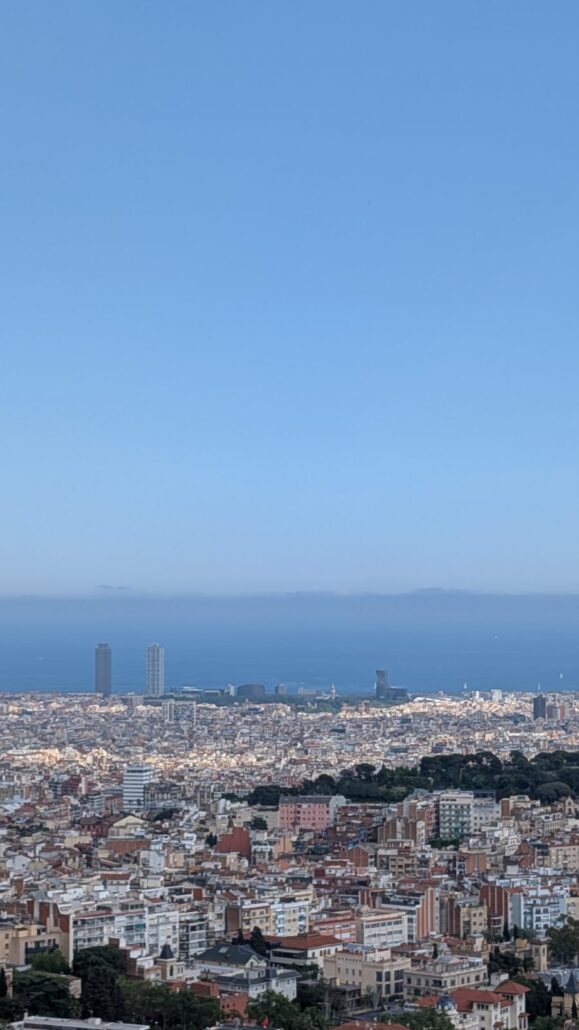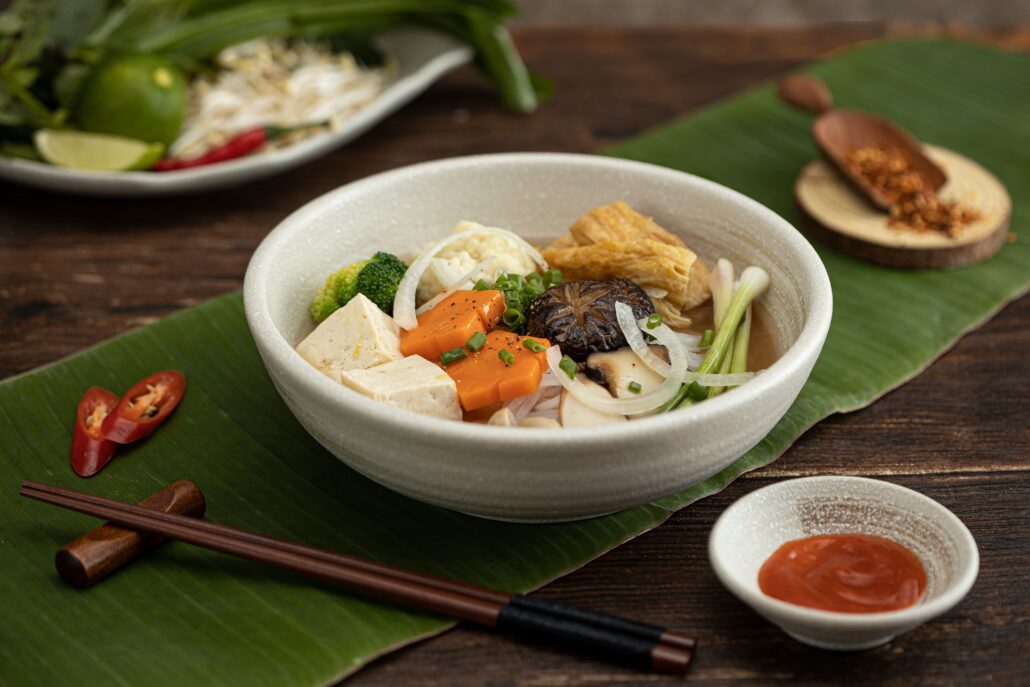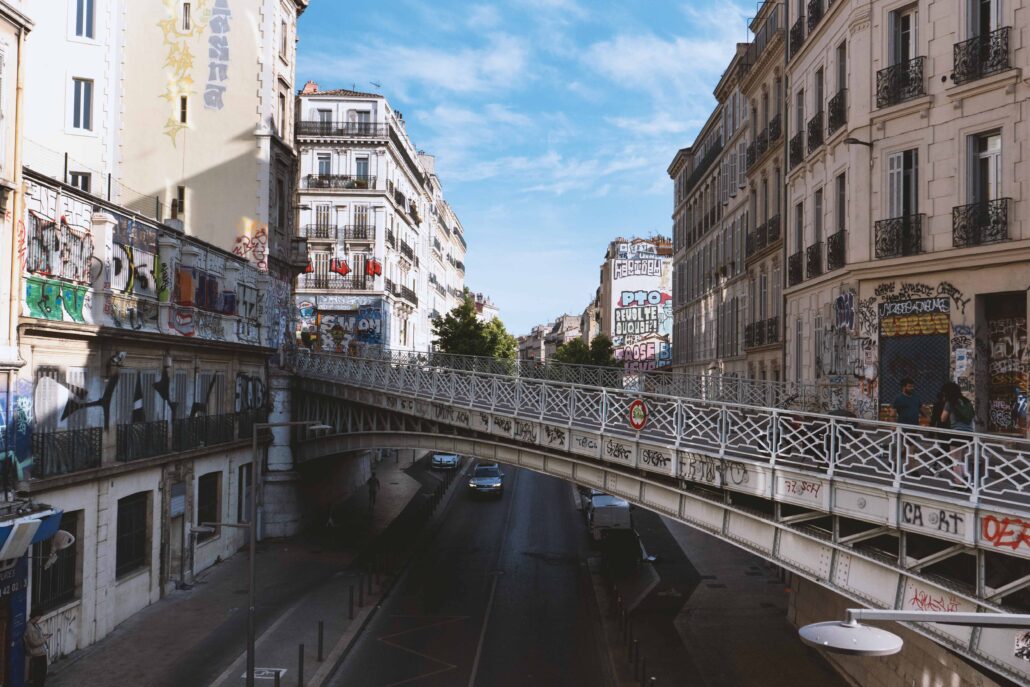Breakfast is the most contradictory, divisive, and unsettling meal of all. And beyond all that, if there’s one place where breakfast is also becoming a political matter, it is without a doubt Barcelona. In this city in constant evolution — part ambassador of change, part passive observer — small everyday gestures can take on an even deeper meaning.
Anyone living in Barcelona, or passing through recently, will not have failed to notice the sprouting of brunch cafés almost everywhere in the city, with a rather flat menu of avocado toast with hollandaise sauce and a few slimming juices or detox blends. In the collective imagination, these places have replaced neighborhood bars or other historic establishments, gradually stripping the city of the soul that once filled it. And yet they work: always full, above all with guiris (as Spaniards call foreigners), who make them their remote-work spots during the week or crowd them on weekends when imagination runs short.
In the city — reluctantly the capital of overtourism — where conflict between locals, tourists, and foreign residents is increasingly sharp, Catalans have begun boycotting brunch in order to return to their roots and embrace the traditional Catalan breakfast, the esmorzar de forquilla.
Literally meaning “fork breakfast” (a kind of nemesis to the spooned dessert), it should be made clear right away that the esmorzar de forquilla is a working-class breakfast, entirely savory and for this reason very hearty. It comes with wine rather than coffee (which at most is ordered at the end of the meal), consists exclusively of traditional Catalan dishes, and is inexpensive. Among the most common offerings is cap i pota, a stew of calf’s head and trotters, pig’s ear, tripe, snails, and the inevitable tortilla. So if you find yourself in the city and want to try something authentic and homey, while at the same time stepping off the tourist track and showing solidarity with the Catalan community, here are three addresses where you can try the esmorzar de forquilla. And if those three aren’t enough, you can download EsmorzApp to find all the bars that serve it throughout Catalonia.
La Cova Fumada
Barceloneta is probably the neighborhood that suffers most from gentrification and mass tourism in the city, the district most dreamed of and crowded by visitors. Once a working-class fishing quarter, it has become an icon of nightlife, packed with bars, clubs, and brunch cafés. And yet this is where La Cova Fumada stands, a true bastion of resistance against the city’s drift toward gentrification. In this old tavern, which opened more than eighty years ago, the bomba was invented, one of Barcelona’s most famous tapas, which you can easily try here during esmorzar. It is a sort of breaded and fried potato croquette, filled with minced meat and topped with a generous dose of alioli and a spoonful of spicy sauce. Almost a Catalonia extract, really. An honorable mention also goes to the mussels.
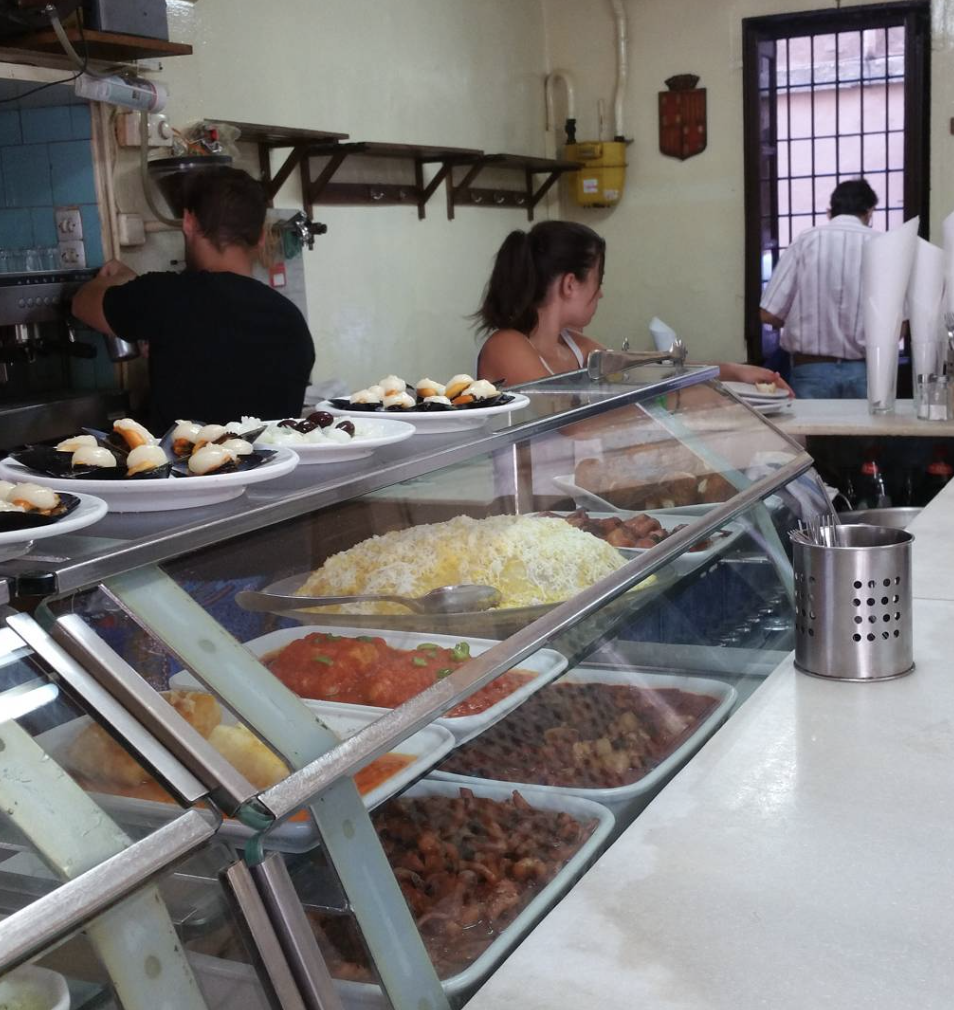
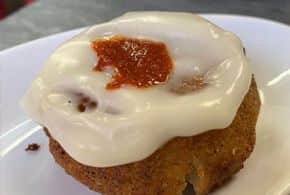
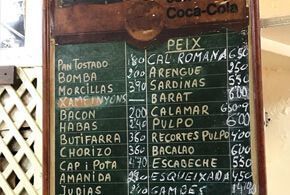
Gelida
Here we are in the Eixample, a large residential block and the nerve center of daily comings and goings. Where all the latest city trends spring up, Gelida is an old family-run bar that offers a homely, intimate atmosphere. The cooking is simple, with set dishes on different days of the week at modest prices. If that weren’t enough to draw you in, know that the cap i pota and the pork cheek are exquisite, and if you go on the weekend there are snails cooked in a sauce made with chorizo and herbs.
Cal Boter
We move now to Barcelona’s bohemian, artistic, and most pedestrian-friendly neighborhood: Gràcia. To crown a pleasant walk, Cal Boter is a place without surprises and without pretenses, very traditional but always reliable (though it’s closed on Sundays, and in general it’s better to book ahead). Here, in addition to the staple dishes already mentioned, you can try esqueixada, another typical Catalan dish made with salt cod, onions, grated tomato, and olives.
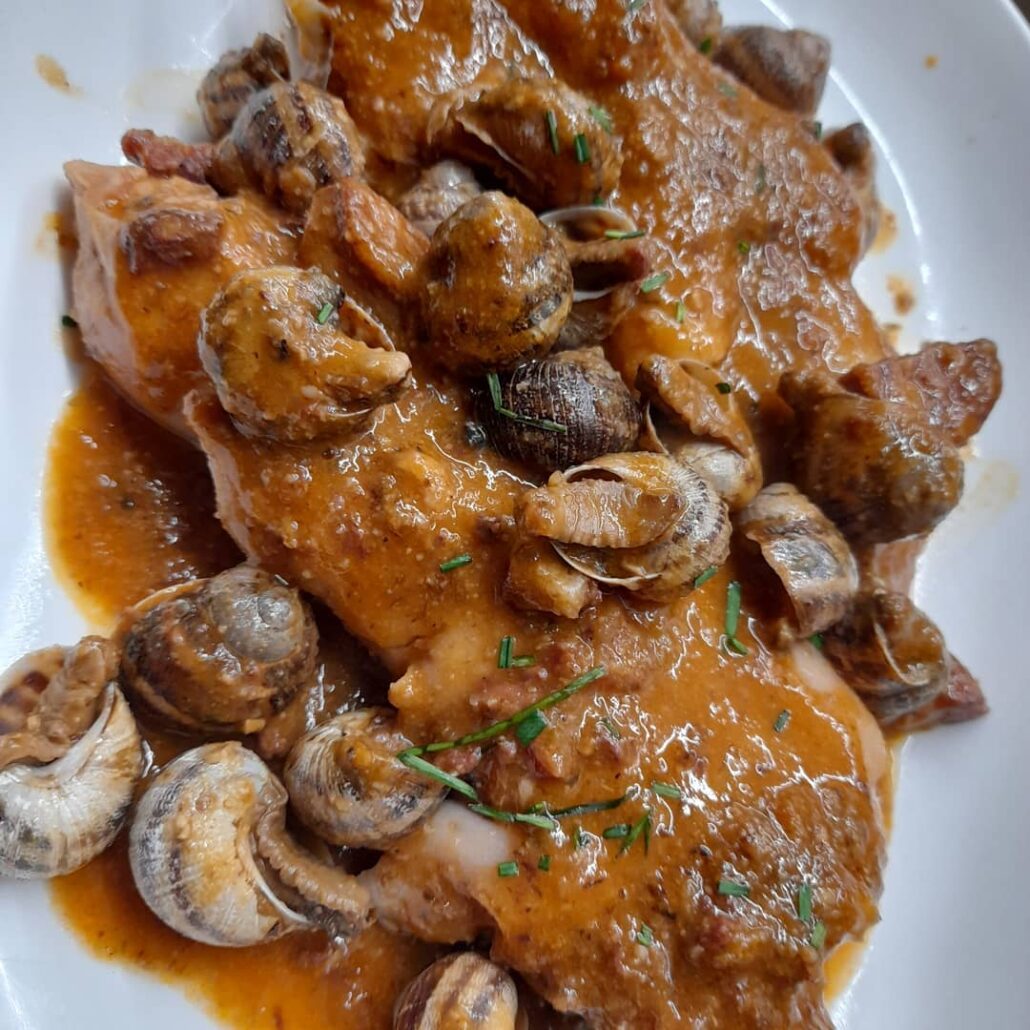
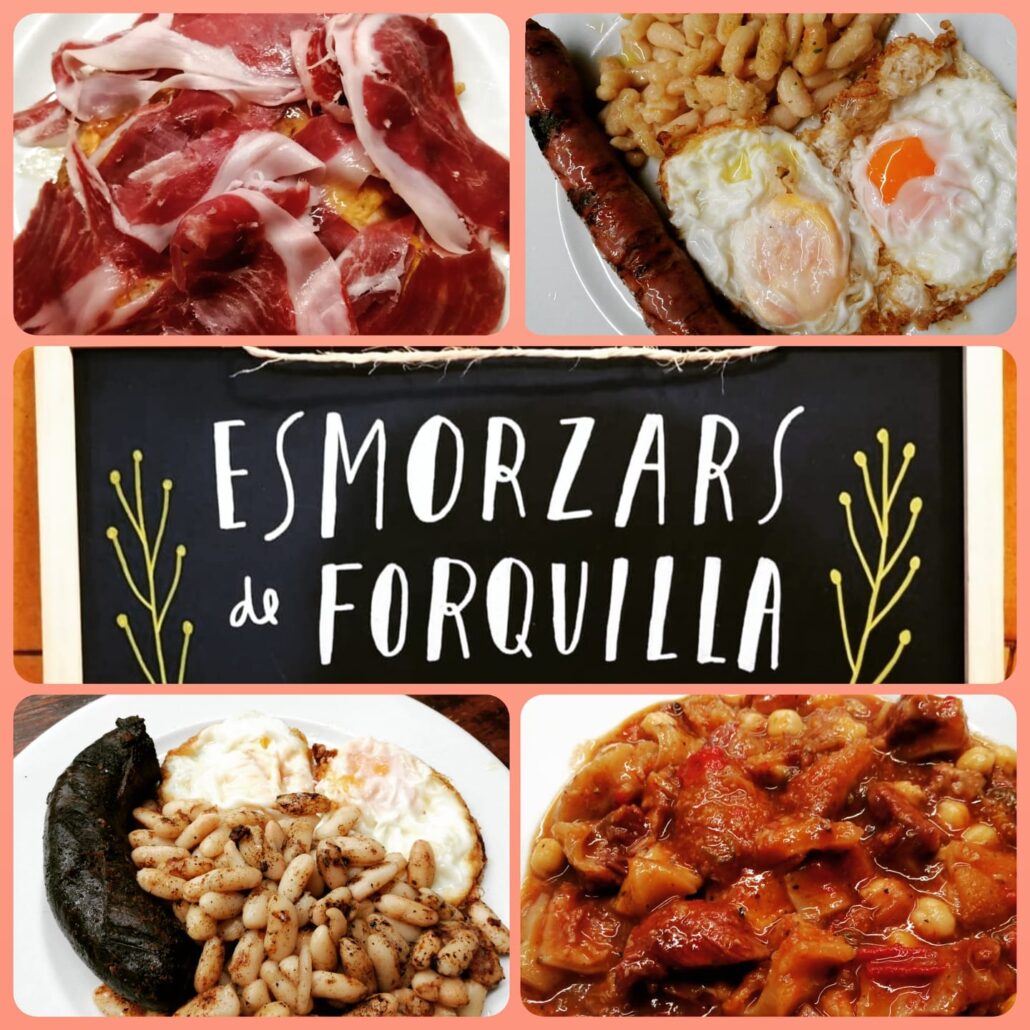
Cornetto and Coffee
Could you ever have imagined that in the very place where crema catalana was invented, breakfast would be only savory? Of course sweets had to have their place too. So if you prefer a more classic breakfast of brioche or cornetto accompanied by coffee or cappuccino, here are three pastry shops worth noting.
Morreig
We are still in Gràcia. If, walking along Carrer Verdi, you notice a line outside a small shop, it will surely be Morreig. Ranked among the fifty best pastry shops in Catalonia, it is also a workshop and gelateria, making it suitable for all seasons. Morreig’s creations make choosing breakfast truly difficult. The classic croissants are clearly French-inspired, but there are also triangular croissants filled with various creams and topped with different sprinkles. An honorable mention goes to the pain au chocolat, but if you were reluctantly forced to choose only one sweet, Morreig’s flan is a tangible treasure of local gastronomy. It is a voluptuous dessert, prepared with croissant dough — recognizable in every nuance of its structure — baked a little longer to bring crunchiness and flakiness to the highest level. It is then filled with a perfectly balanced vanilla cream.
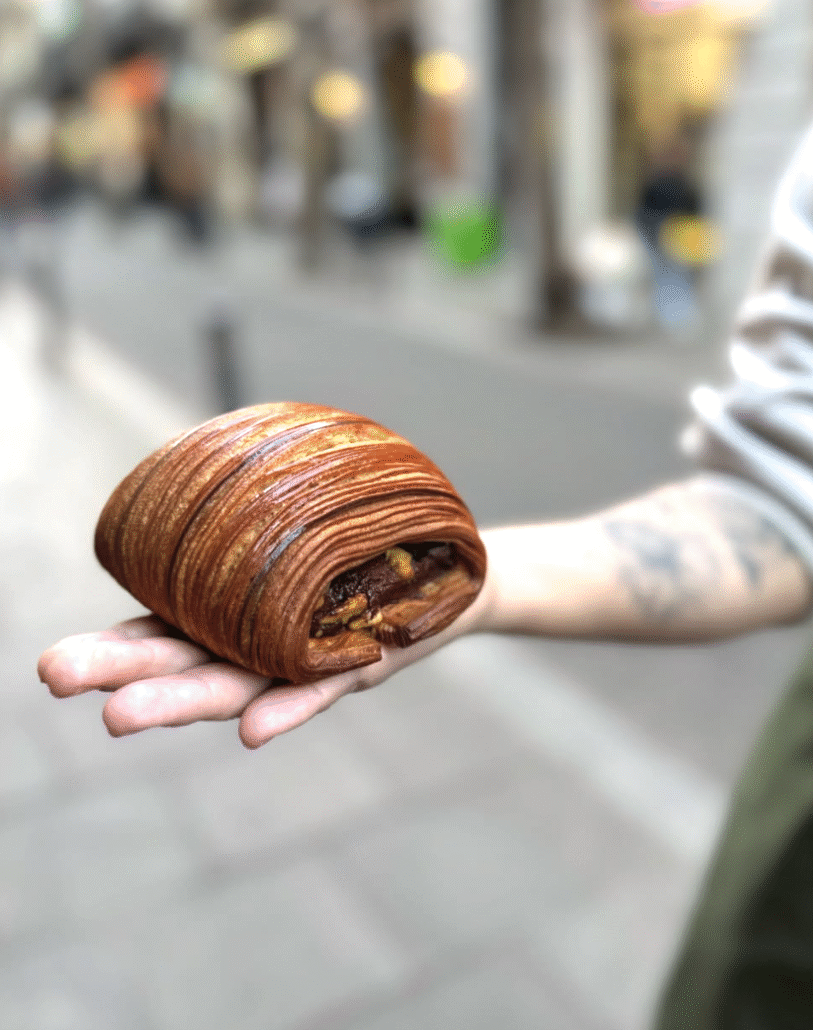
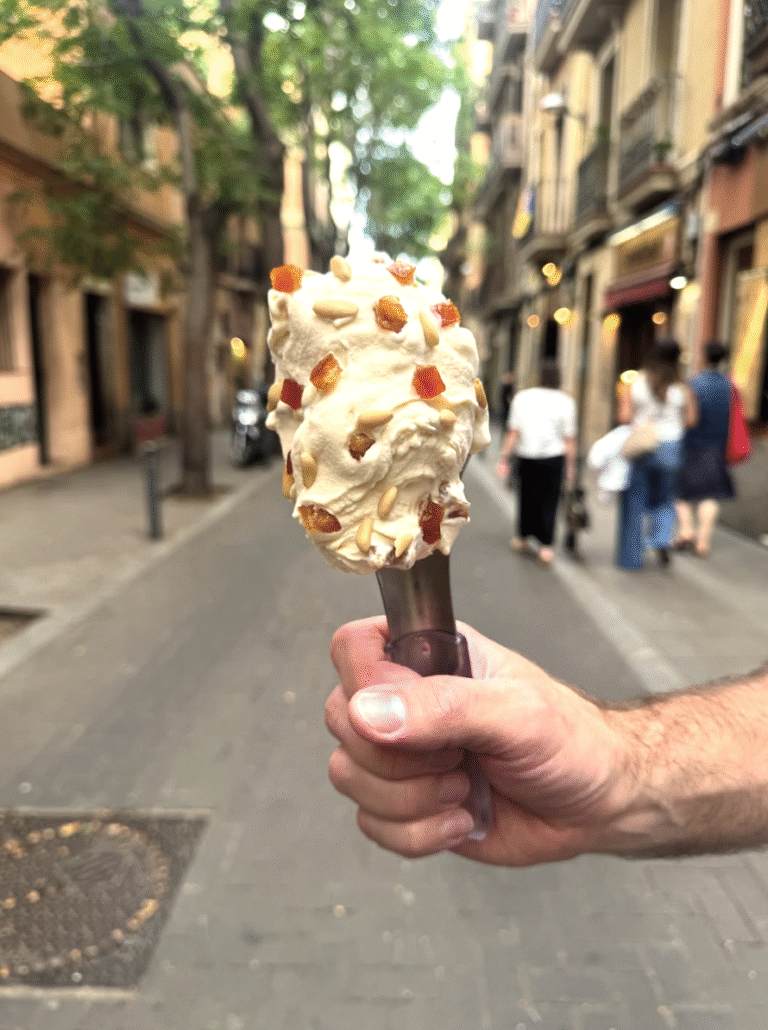
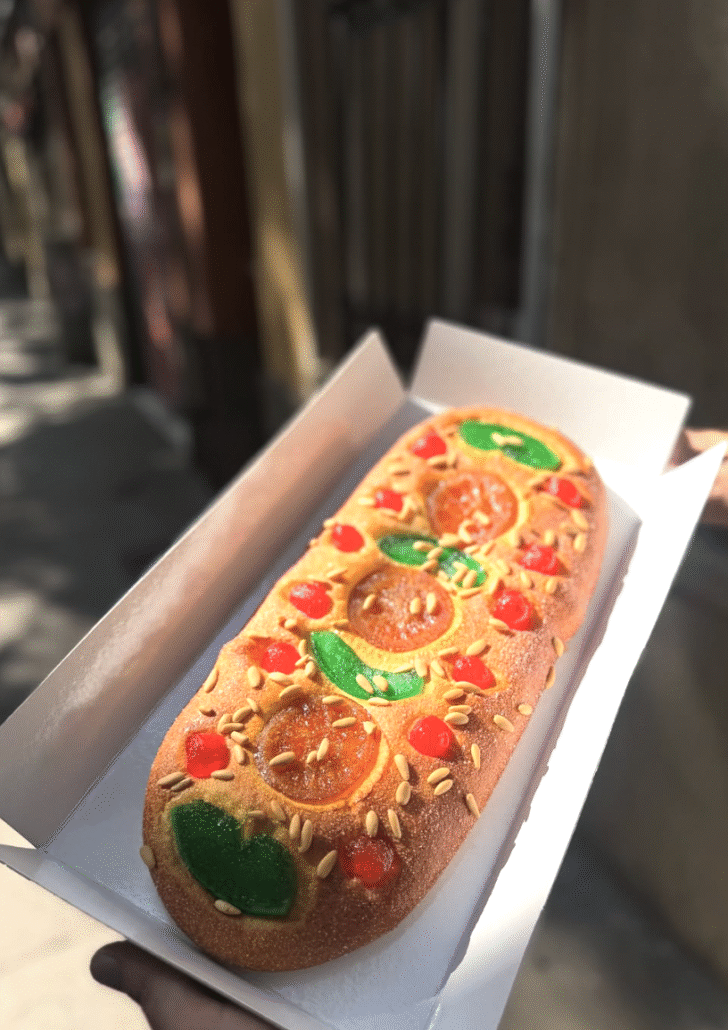
L’Atelier
The name L’Atelier doesn’t immediately call to mind a pastry shop so much as a high-fashion boutique. And in fact, the setting, with its sleek and modern design, can feel a little cold and not especially welcoming — better, then, to focus attention on the real star: the pastries. L’Atelier is both a school and an award-winning patisserie, where you won’t find the classic French croissant but rather a conical version: fun to eat and, above all, available in a variety of indulgent flavors like hazelnut, vanilla cream, or mascarpone.
Beyond offering original viennoiseries and breakfasts out of the ordinary, L’Atelier is also a hub for pastry education, thanks to the guidance of Eric Ortuño and Ximena Pastor, the two founders who have managed to turn it into a true laboratory of pastry excellence in Spain.
Maxime Petit Pâtisserie
This pastry shop is a small gem of the ever-rich French pastry scene in Barcelona. The eponymous pastry chef opened it in 2023 after studying and working in France, and it was an immediate success. Here you’ll find the great French classics alongside a more original offering. On Sundays only, and by reservation, there is a brunch offering (quite different from the one described above) featuring a five-course tasting menu: it begins with yogurt and açaí and ends with four bite-sized pastries, with a croque madame and other delicacies in between. What’s more, Maxime Petit is located right in front of one of the most beautiful yet still little-visited attractions in the city: the Modernist complex of Sant Pau. Unlike most of the other major sites, this one doesn’t require reservations and is an unmissable visit.
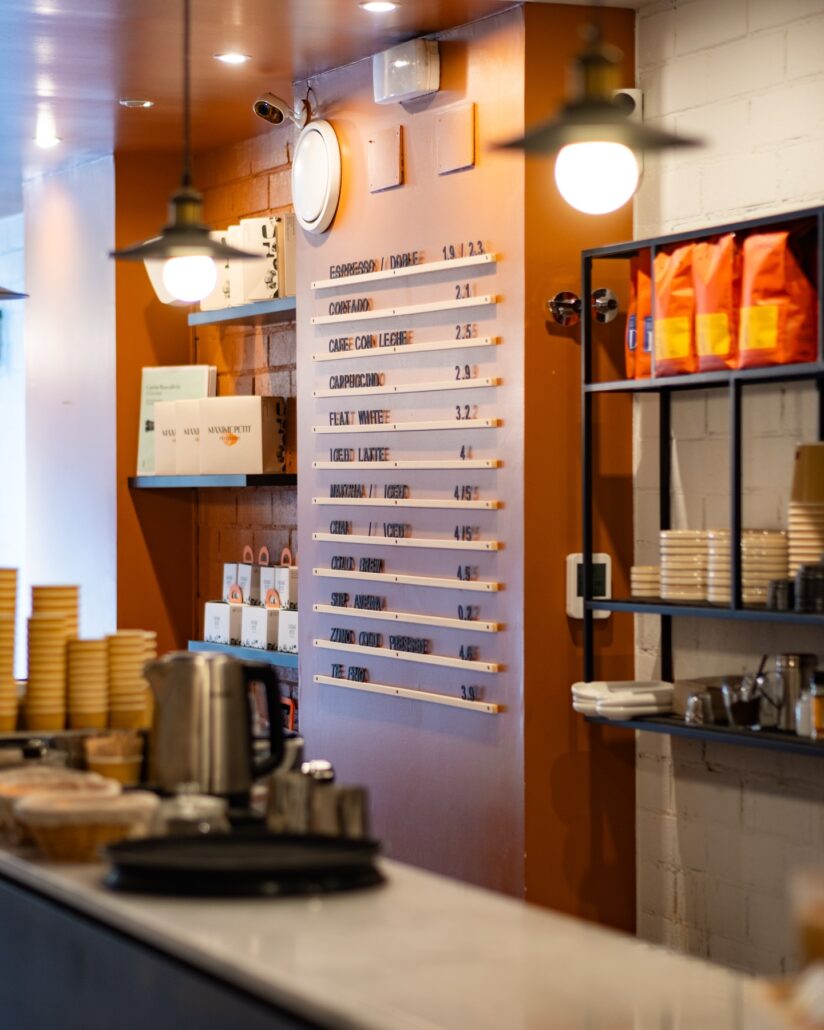
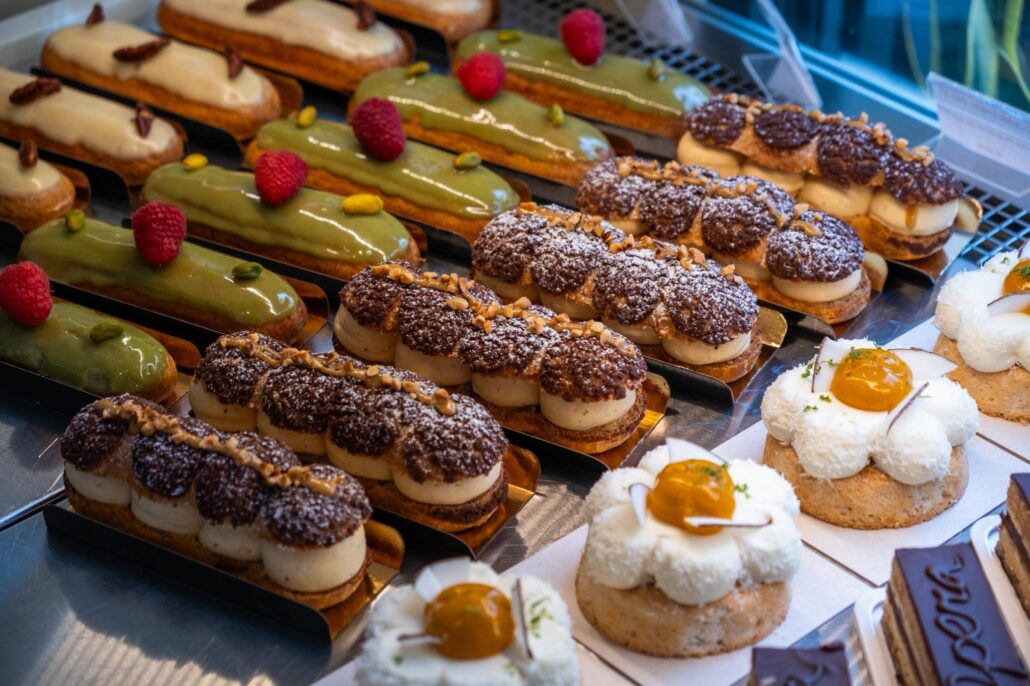
So in Barcelona, breakfast is not just a matter of food: it’s also about choosing how to experience the city. Whether you live there or are just passing through, each morning becomes a small opportunity for discovery and for connection with the real city, the one made of traditions, flavors, and local rhythms, far from the tourist noise and the most crowded spots.


